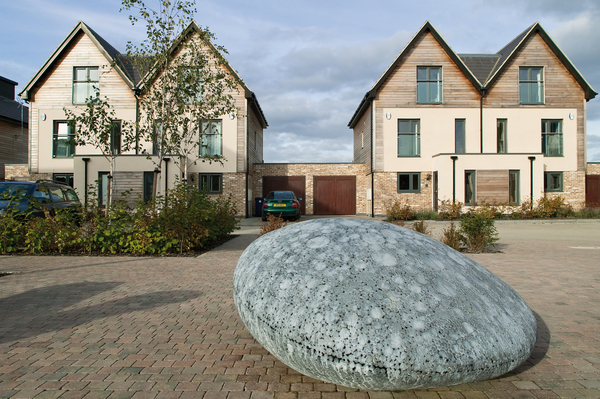Date
Author
Liz Page
Homes energy efficient
So, where do you start?
Whether you are retrofitting to reduce energy bills, increase comfort or to reduce your carbon footprint, you should consider the whole house and any implications an improvement might have.
Write a Retrofit Plan, ideally with the help of an experienced retrofit architect or consultant, that details what you want to improve, any cost constraints and when it can be done. Any existing problems with the house should be resolved first - insulating walls only to find damp later would not only be a waste, but could also make the situation worse, particularly if non-permeable products are used in the first instance.
If you can't do everything in one go, the order is critical.- reducing draughts by replacing windows will affect the fresh air a space receives. This means you should consider ventilation before installing new windows.
Try to do the best you can with each element and take opportunities when they arise. For instance, if you are having a kitchen fitted, insulate the floor as much as you can so that future work is minimised and you gain advantage from day one.
Finally, consider low-carbon and renewable technologies, such as PVs (solar photovoltaics), after energy-efficiency improvements. Switching to a non-fossil fuel heating system, such as a heat pump, would mean installing a hot water tank if you do not already have one, so make sure there is space.
These are just a few ideas to help you get started.

